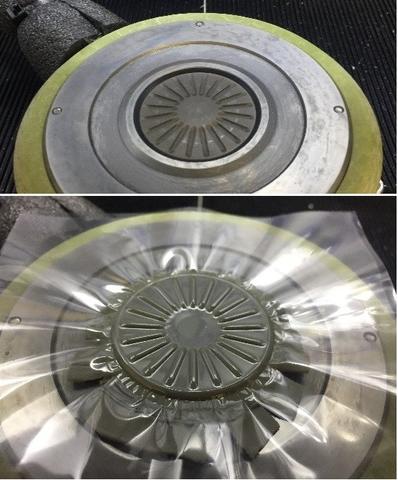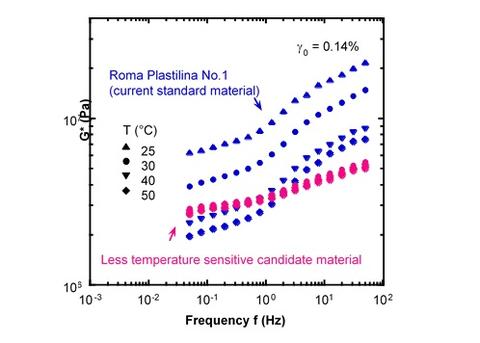Rheological Characterization of Ballistic Witness Materials
Historically, standards-based testing of ballistic-resistant body armor in the U.S. has relied on an oil-based modelling clay as the ballistic witness material (BWM). The clay used currently is temperature sensitive, so to ensure that the clay is soft enough to serve as a BWM, it is conditioned at some temperature such that a drop mass of given shape and mass will indent the clay within specified depth limits when it is dropped onto the clay surface from a specified height.
Over many years, testing laboratories recognized that the clay properties had begun to shift because the conditioning temperatures necessary to satisfy the drop test requirement continued to increase. This observation led to relatively recent efforts to develop alternative temperature-insensitive BWMs. In addition to possessing properties that cause the temperature-insensitive BWM to yield BFSs similar to the baseline clay, the new BWM must be compatible with non-contact dimensional measurement equipment, such as laser scanners. Our research interests include mechanical and thermal characterization of the BWMs.
Rheology is often relied upon to characterize materials and to develop an understanding of mechanisms that control their behavior. However, in this case, ballistic testing with BWMs is usually performed at room temperature, and under that condition the BWMs are stiffer than many materials traditionally characterized with rheology. The STG has unique equipment with higher torque capability to enhance the characterization of the current clay and potential replacement BWMs that are relatively temperature-insensitive. Results are expected to provide information that will facilitate the establishment of standards and specifications related to BWMs and body armor testing.


Related NIST Projects
Materials and Systems for Protection Against Penetrating and Blunt Force Phenomena
Structure-Property Relationships
Contacts
Staff
-
(301) 975-2535
-
(301) 975-5632

